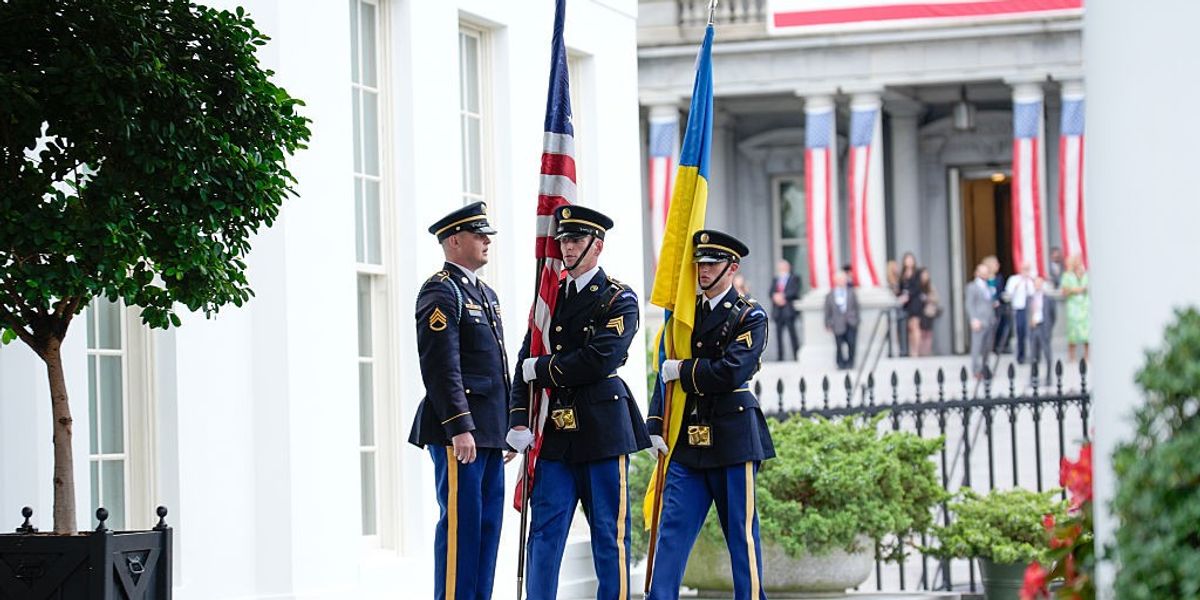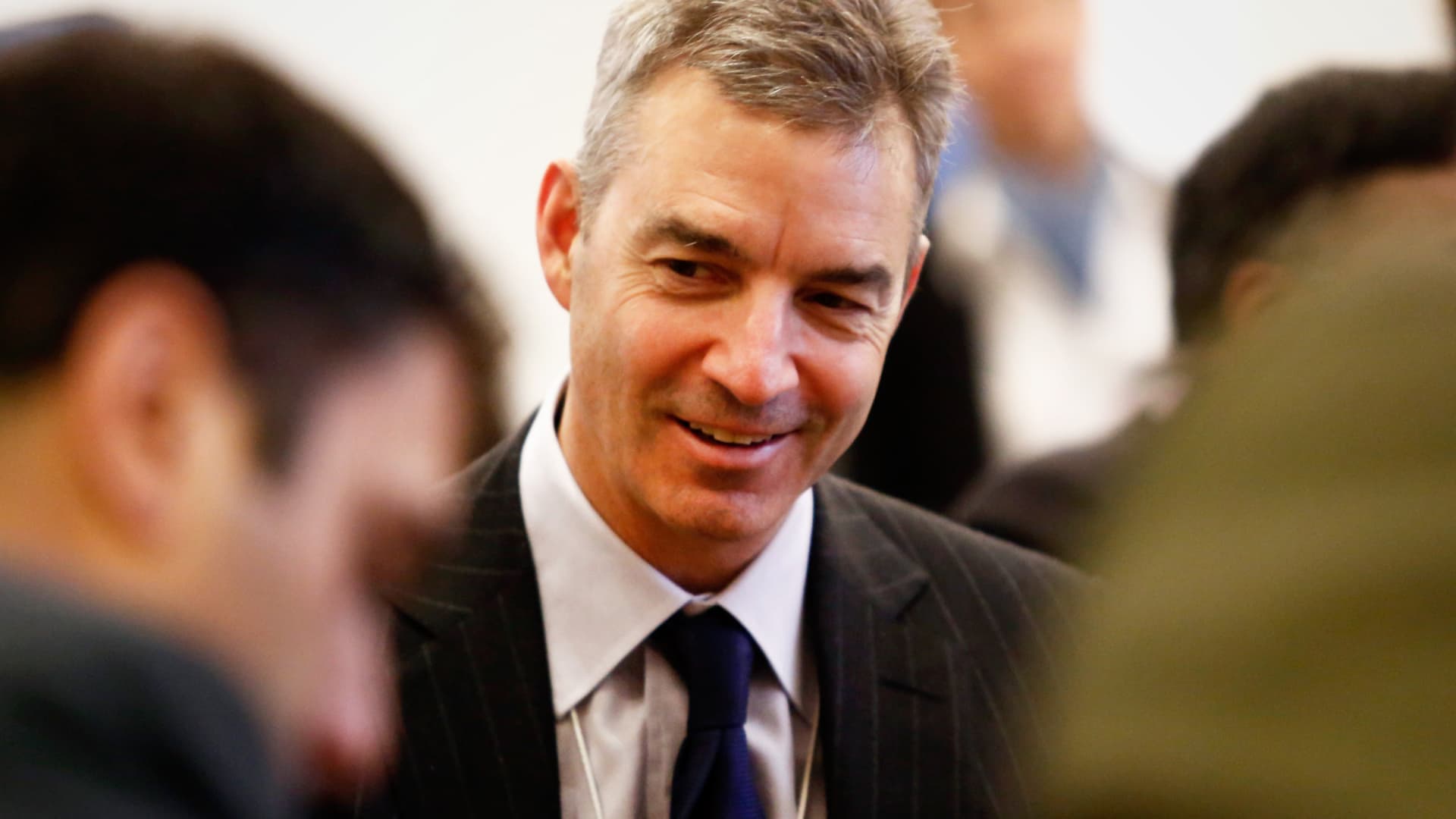Homo sapiens have existed on the planet for about 300,000 years, or more than 109 million days. The most dangerous of all those days — the day when our species likely came closer than any other to wiping itself off the face of the Earth — came 60 years ago today, on October 27, 1962. And the person who likely did more than anyone else to prevent that dangerous day from becoming an existential catastrophe was a quiet Soviet naval officer named Vasili Arkhipov.
On that day, Arkhipov was serving aboard the nuclear-armed Soviet submarine B-59 in international waters near Cuba. It was the height of the Cuban missile crisis, which began earlier that month when a US U-2 spy plane spotted evidence of newly built installations on Cuba, where it turned out that Soviet military advisers were helping to build sites capable of launching nuclear missiles at the US, less than 100 miles away.
That led to the Cold War’s most volatile confrontation between the US and the Soviet Union — 13 days of high-stakes brinkmanship between two nuclear powers that seemed one misstep away from total war.
President John F. Kennedy had ordered what he called a “quarantine” of Cuba, stationing a flotilla of naval ships off the coast of the island to prevent Soviet ships from carrying weapons to Cuba and demanding that the USSR remove the missiles. On October 27, the Russian sub B-59, which had been running submerged for days, was cornered by 11 US destroyers and the aircraft carrier USS Randolph. The US ships began dropping depth charges around the sub.
The intention wasn’t to destroy it but to force it to surface, as US officials had already informed Moscow. But unknown to Washington, the officers aboard B-59 were out of contact with their superiors and had every reason to believe that their American counterparts were trying to sink them.
“We thought, ‘That’s it, the end,’” crew member Vadim Orlov recalled to National Geographic in 2016. “It felt like you were sitting in a metal barrel, which somebody is constantly blasting with a sledgehammer.”
The end in this case meant not just the fate of the submarine and its crew, but potentially the entire world. Cut off from outside contact, buffeted by depth charges, its air conditioning broken, and temperatures and carbon dioxide levels rising in the sub, the most obvious conclusion for the officers of B-59 was that global war had already begun. But the sub had a weapon at its disposal that US officers didn’t know about: a 10-kiloton nuclear torpedo. And its officers had permission from their superiors to launch it without confirmation from Moscow.
Two of the sub’s senior officers wanted to launch the nuclear torpedo. That included its captain, Valentin Savitsky, who according to a report from the US National Security Archive, exclaimed: “We’re gonna blast them now! We will die, but we will sink them all — we will not become the shame of the fleet.”
Thankfully, the captain didn’t have sole discretion over the launch. All three senior officers had to agree, and Vasili Arkhipov, the 36-year-old second captain and brigade chief of staff, refused to give his assent. He convinced the sub’s top officers that the depth charges were indeed meant to signal B-59 to surface — there was no other way for the US ships to communicate with the Soviet sub — and that launching the nuclear torpedo would be a fatal mistake. The sub returned to the surface, headed away from Cuba, and steamed back toward the Soviet Union.
Arkhipov’s cool-headed heroics didn’t mark the end of the Cuban missile crisis. The same day, US U-2 pilot Maj. Rudolf Anderson was shot down while on a reconnaissance mission over Cuba. Anderson was the first and only casualty of the crisis, an event that could have led to war had President Kennedy not concluded that the order to fire had not been given by Soviet Premier Nikolai Khrushchev.
That close call sobered both leaders, leading them to open back-channel negotiations that eventually led to a withdrawal of Soviet missiles in Cuba, a later pullback of US missiles in Turkey in response, and the end of the closest the world has yet come to total nuclear war.
In a situation as complex and pressured as the Cuban missile crisis, when both sides were operating with limited information, a ticking clock, and tens of thousands of nuclear warheads (most, it should be noted, possessed by the US), no single act was truly definitive for war or peace. But Arkhipov’s actions still deserve special praise. Trapped in a diesel-powered submarine thousands of miles from home, buffeted by exploding depth charges and threatened with suffocation and death, Arkhipov kept his head. Had he assented to the decision to fire a nuclear torpedo, likely vaporizing a US aircraft carrier and killing thousands of sailors, it would have been far more difficult for Kennedy and Khrushchev to step back from the brink. And the most dangerous day in human history may well have been one of our last.
For his courage, Arkhipov was the first person to be given the Future of Life award by the Cambridge-based existential risk nonprofit the Future of Life Institute (FLI), in 2017. It was posthumous — Arkhipov died in 1998, before the news of his actions was widely known. But he may well be, as FLI president Max Tegmark said at the award ceremony, “arguably the most important person in modern history.”
No nuclear weapon has been used in war since the atomic bombing of Nagasaki on August 9, 1945. But as tensions between the US and Russia only grow over the war in Ukraine, and as Russian President Vladimir Putin makes veiled threats about wielding his country’s nuclear arsenal, we should remember the awful power of these world-ending weapons. And we should celebrate those, like Vasili Arkhipov, who in moments of existential decision, choose life rather than extinction.
















